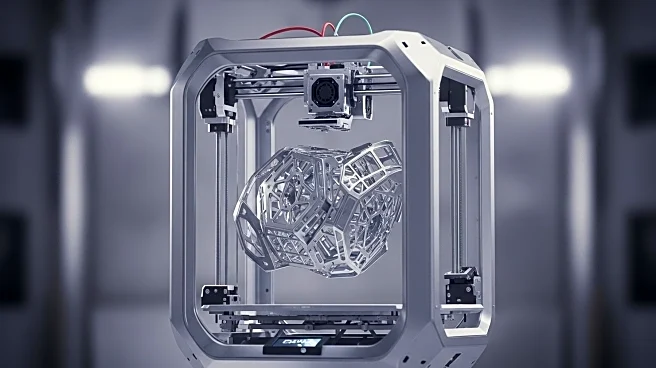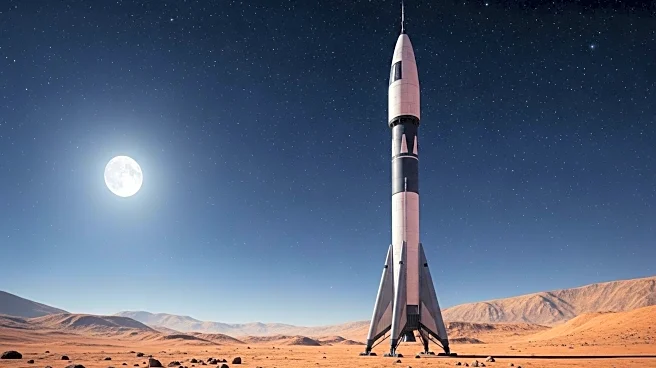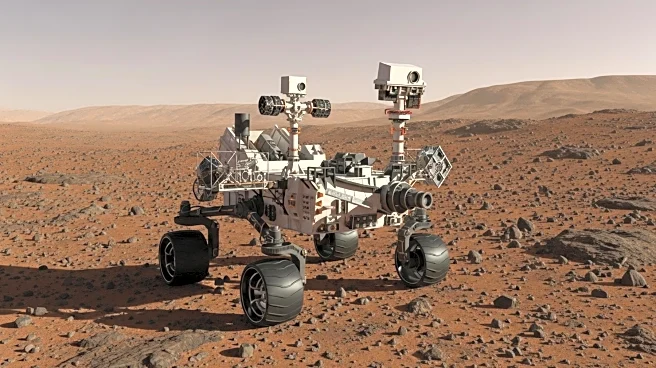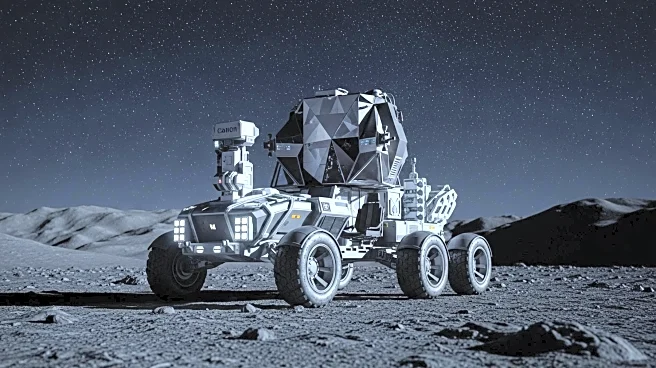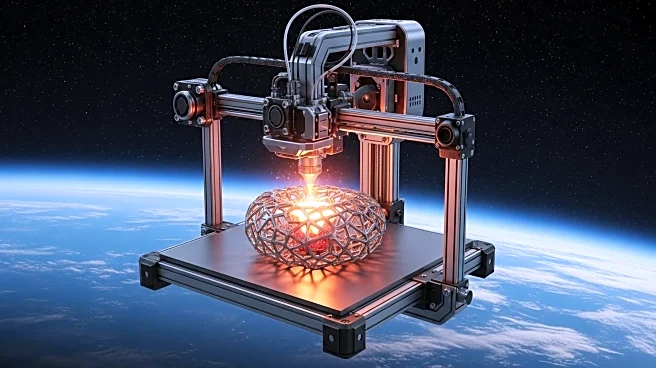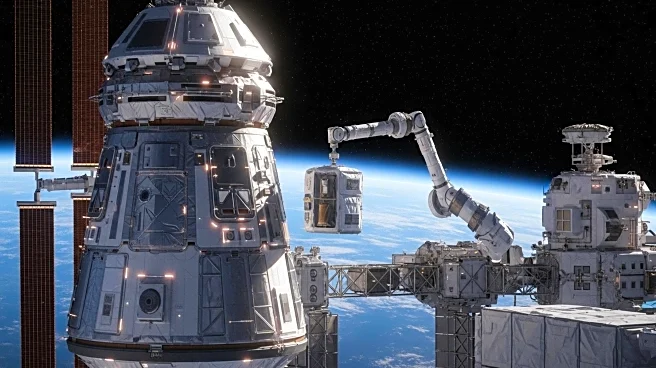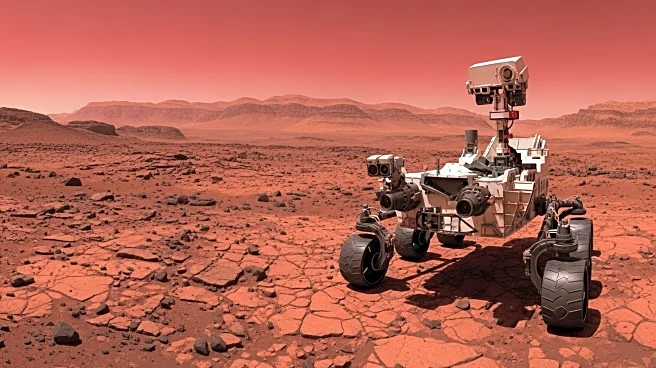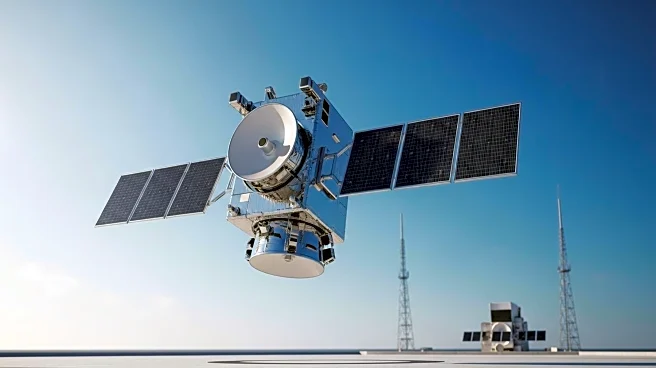What's Happening?
NASA has successfully completed its Deep Space Optical Communications (DSOC) experiment, a technology demonstration carried aboard the Psyche mission. The experiment involved exchanging laser signals across 218 million miles, surpassing all technical goals after two years of operations. The DSOC system encodes data into pulses of laser light, transforming digital information into streams of photons that can travel millions of miles. This marks a significant shift from the radio frequencies used by NASA's Deep Space Network for decades. The experiment achieved 65 successful passes between Earth and Psyche, downlinking 13.6 terabits of data, far more than anticipated. The system demonstrated the ability to stream ultra-high-definition video from 19 million miles away at 267 megabits per second, faster than many home internet connections.
Why It's Important?
The successful completion of the DSOC experiment represents a major advancement in space communication technology. By utilizing laser communications, NASA can potentially stream high-definition video and deliver valuable data from the Martian surface faster than ever before. This technology is crucial for future Mars missions, as it offers a more efficient and reliable method of communication over vast distances. The ability to transmit large amounts of data quickly and accurately will enhance the capabilities of space exploration, allowing for more detailed scientific analysis and faster decision-making. This development is a step towards enabling the Golden Age of exploration, as stated by Sean Duffy, acting NASA Administrator.
What's Next?
NASA plans to continue testing and proving the capabilities of laser communications technologies to support future missions to Mars and beyond. The agency is committed to advancing these technologies to enable more efficient and resilient communication systems for deep space exploration. The experimental hybrid radio-optical antenna at the Goldstone Deep Space Communications Complex will continue to test new ways to capture signals, providing insights into future systems that could combine both technologies for greater flexibility. As missions venture deeper into the solar system, these advancements will be crucial for maintaining communication and ensuring mission success.

